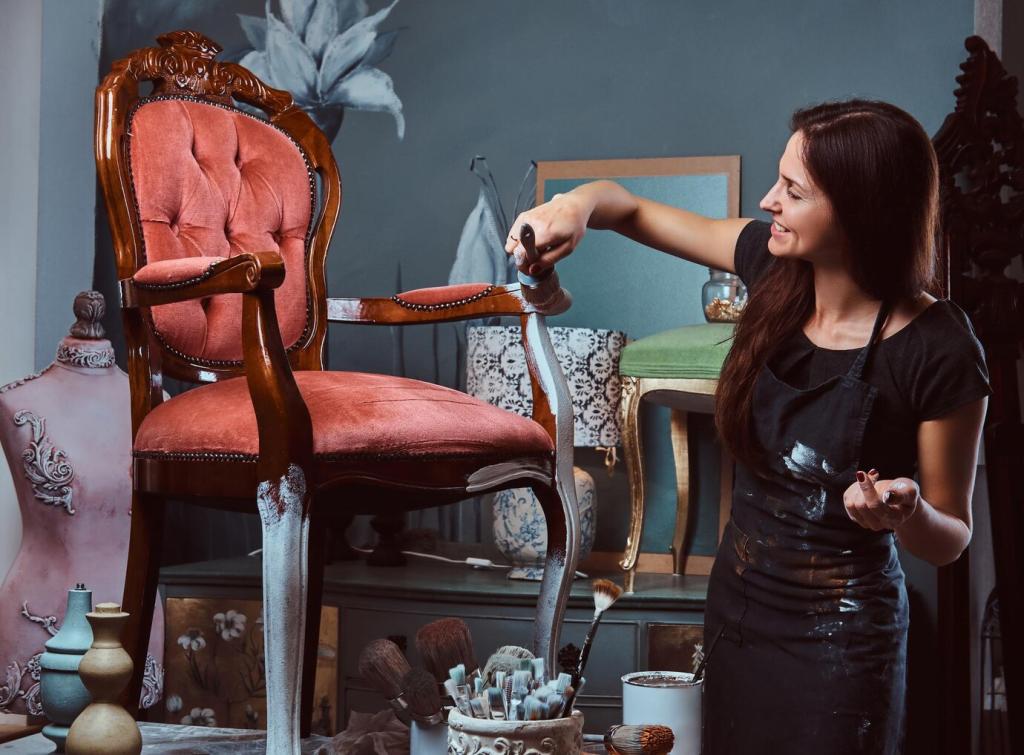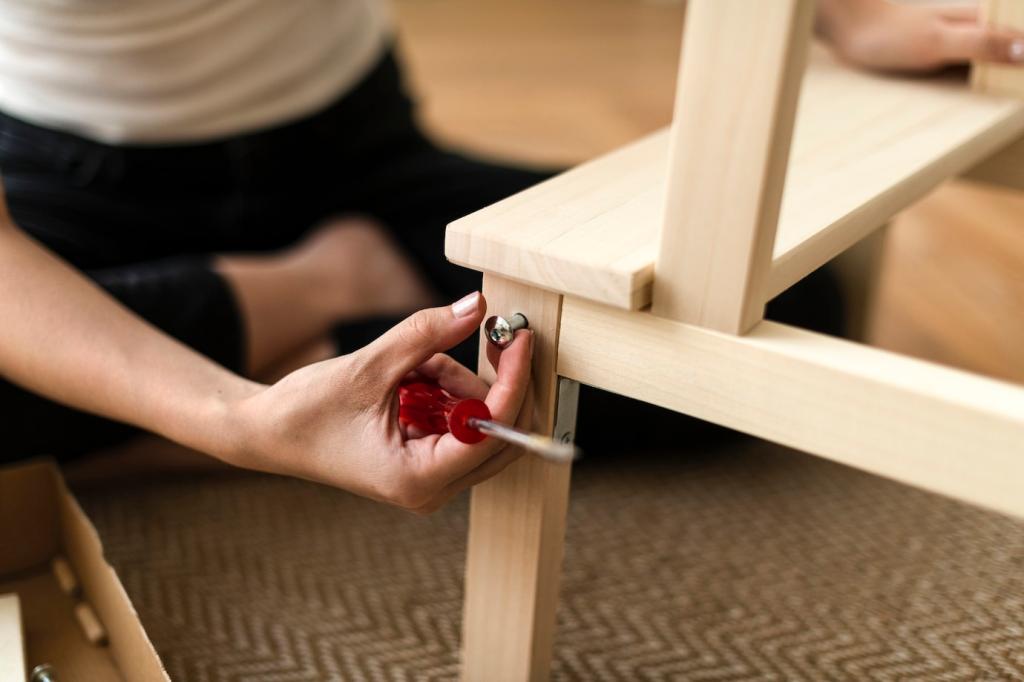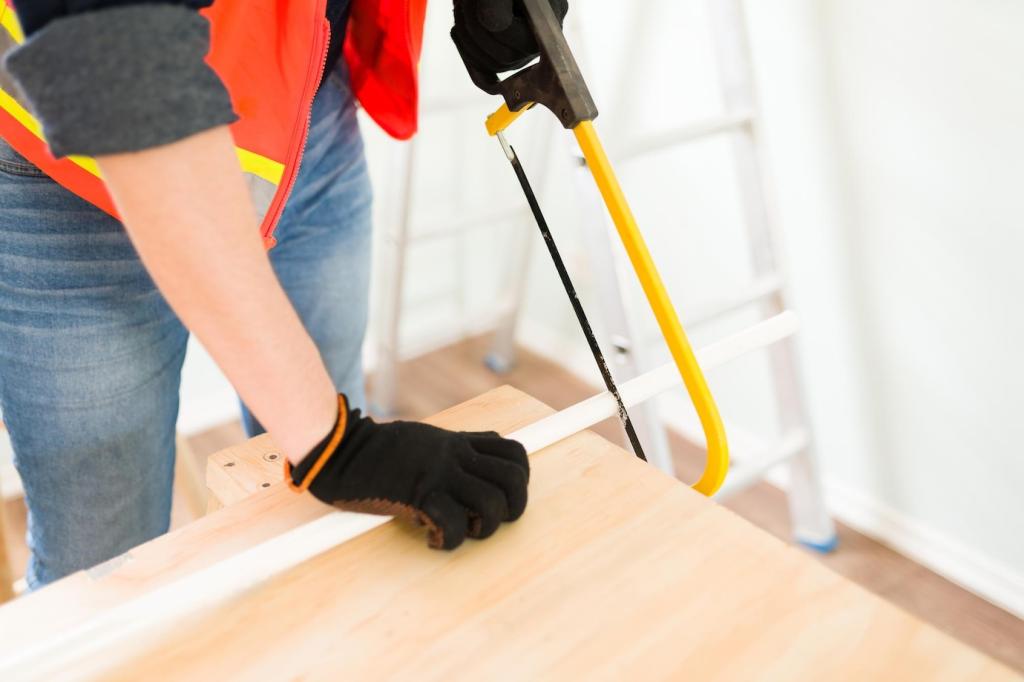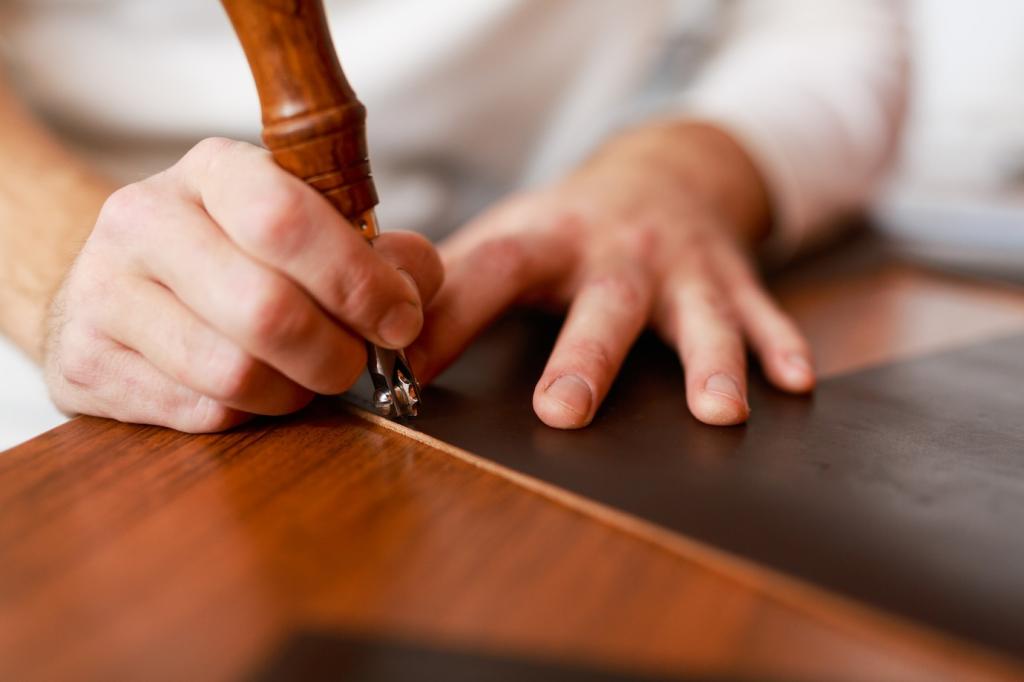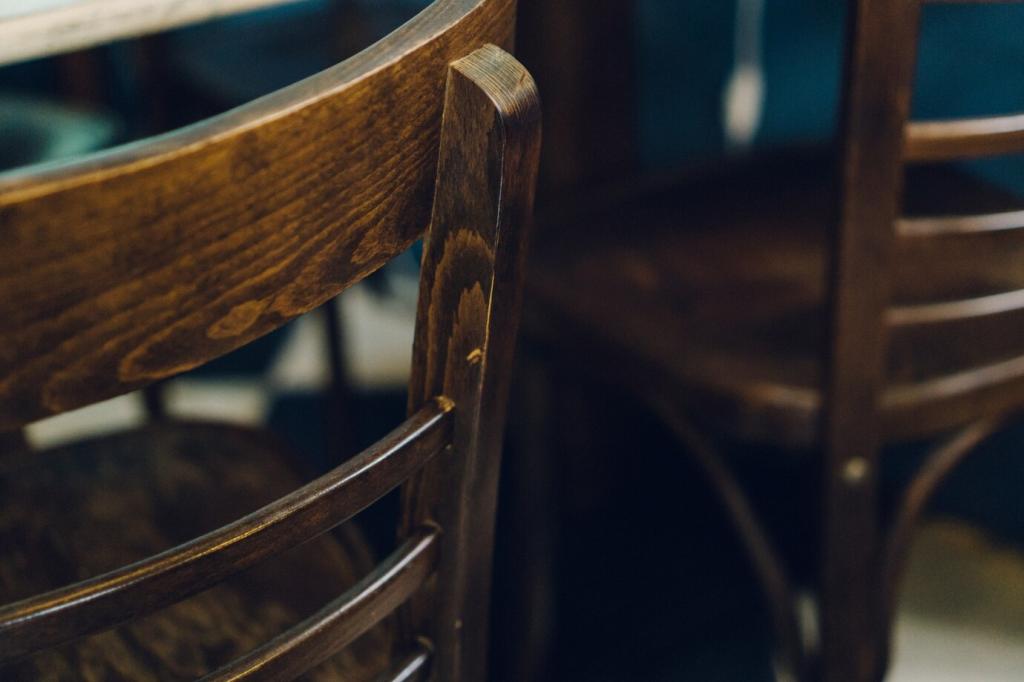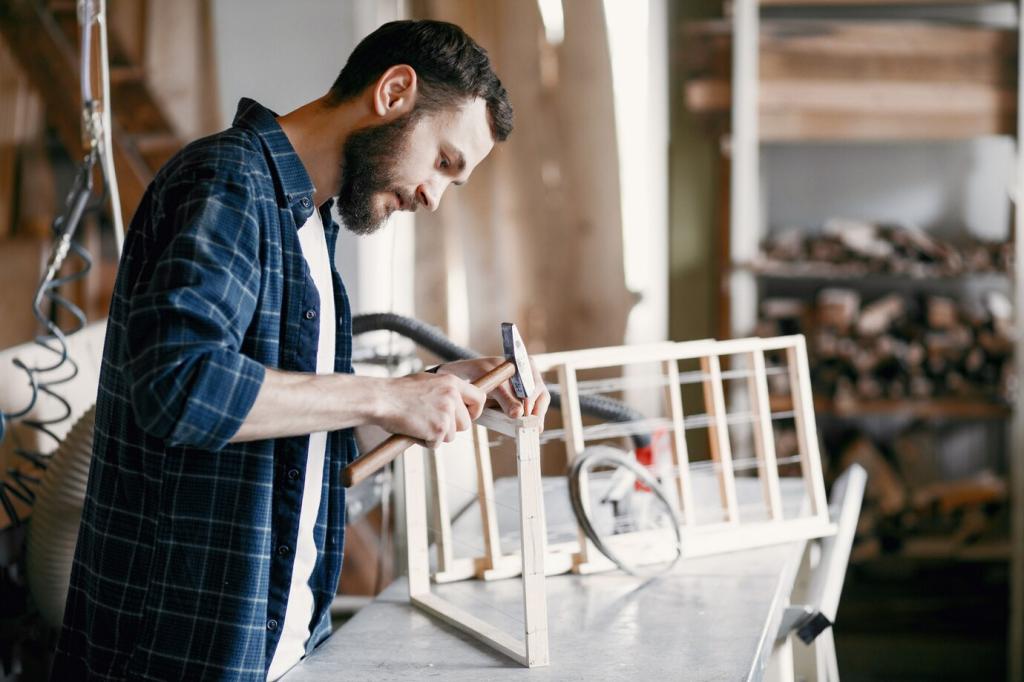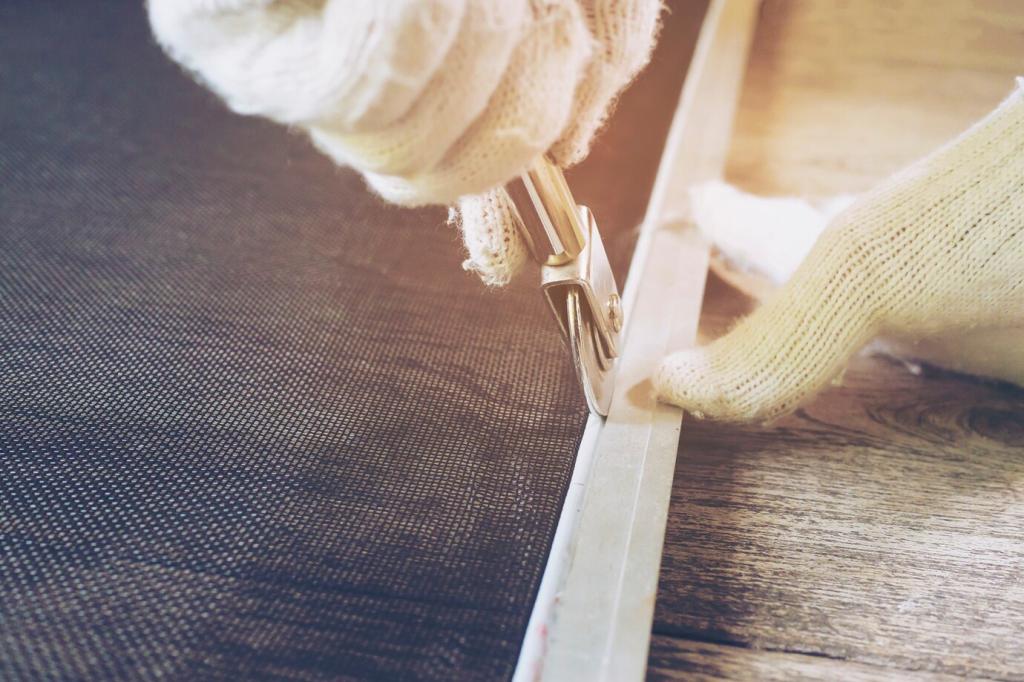Know Your Metal: Identify Iron, Steel, Brass, and Bronze
A magnet often clings to steel but not to brass or bronze. Brass leans golden, bronze hints warm brown, and cast iron feels heavy with a softer ring. Try gentle file or sound tests, then report your results to fellow readers.
Know Your Metal: Identify Iron, Steel, Brass, and Bronze
Patina whispers of age and use; corrosion threatens structure. Greened brass may be benign patina, but powdery, active verdigris needs attention. Learn to pause before polishing away history, and comment with photos for community feedback on uncertain cases.

